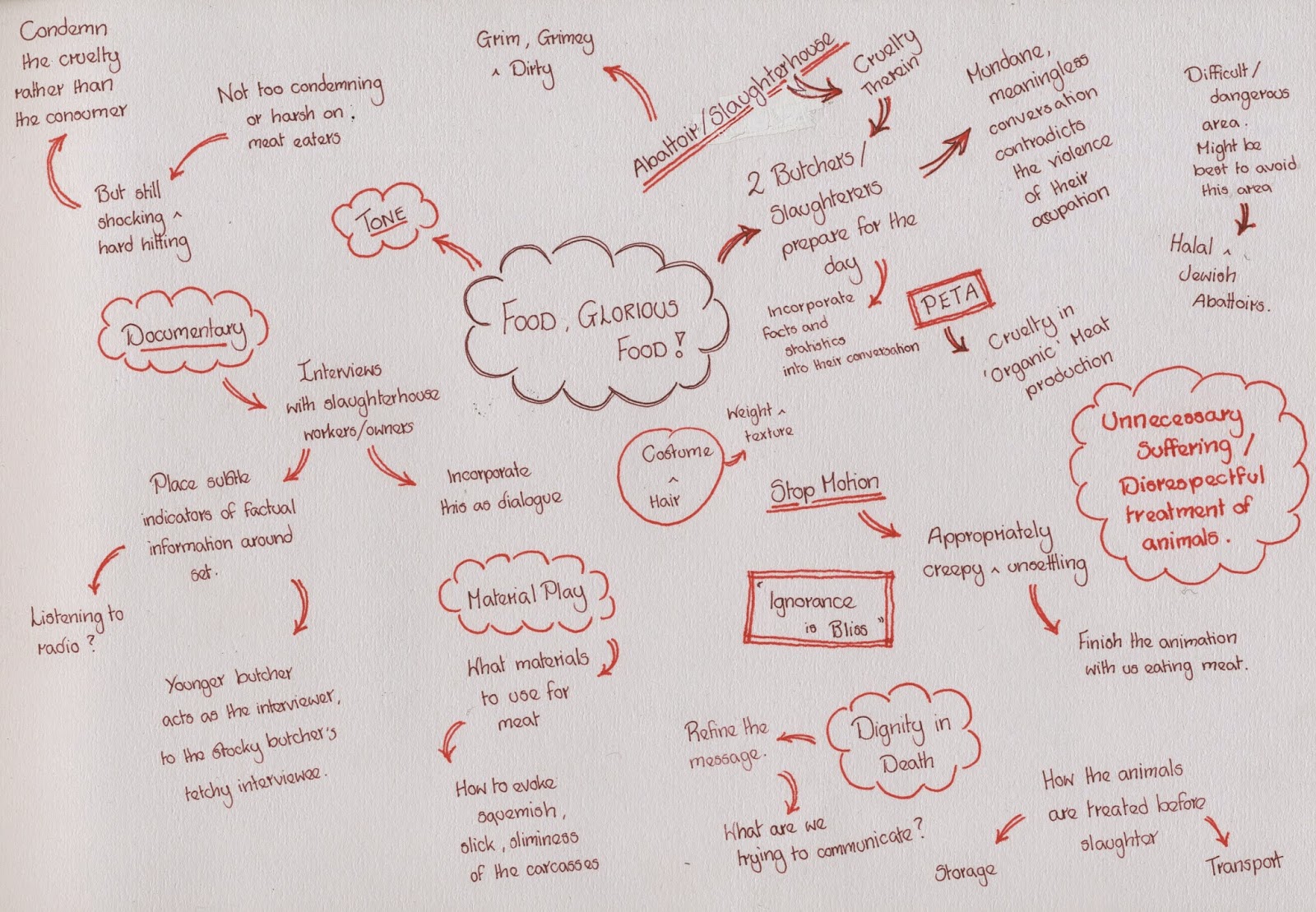Having taken into account the feedback which we received during the peer review sessions, the next stage in developing our responses to our competition briefs was to write up a more in depth and specific proposal. When working on live brief for a client, such a document can also be used as a kind of contract, so that you and the client can jointly agree what is expected and what will be produced, in order to prevent any future disagreements.
What is important to remember is that there is no magic formula when it comes to writing proposals of preparing pitch boards. What is appropriate will differ from project to project, so you must evaluate each brief individually.
1. You should have clear aims and objectives. A proposal should articulate what you are trying to achieve/do, and include your
- Overall aims - impact, intentions.
- Specific aims - impact upon whom or what? Outcomes.
- Objectives - how? Outputs.
2. Be SMART:
- Specific - details exactly what needs to be done.
- Measurable - achievements can be measured in units or success criteria, e.g. an increase in the number of children reading well by age 11.
- Achievable - the required resources, scope and scale are within you capability or capacity.
- Realistic - the objectives are possible to attain. This is important for keeping motivated.
- Time conscious - be aware of the period of time you have for the project. Set target dates, and a defined schedule or timetable.
3. Use words from the brief.
4. Justify the need for your proposal. Who needs it? Why? Where is the evidence? Use statistics from the brief. Don't make sweeping generalisations or empty statements.
5. Describe the audence. Demographic, location, lifestyle, industry, values, will they engage?
6. Describe your motivations. These could be goals, ambitions, success criteria, values (political, environmental, social, economic) etc.
7. Consider the reader. Make the proposal easy to read. Use a professional template and an appropriate tone. Don't repeat yourself, and make sure you get at least two proof readers to check the grammar and spelling.
8. Eliminate vagueness. Be specific and clinical.
9. Visualise the ending. Begin your proposal with a vision of the ending in mind. This will help, as you'll have a clear sense of when you are finished.
10. Assume nothing. Except that the reader of your proposal knows nothing about you, your skills, or the project. Explain everything.
Tell the story of the brief, highlighting what is central and important in a clear, effective, concise and professional manner. Also bear in mind the requirements of the brief, and the submission guidelines, as there is no point putting your heart and soul in to a project if it doesn't conform to the specified mandatories, formats and deliverables. Submit your work on brief and ON TIME.
There probably won't be time to do everything that you want. What is the bare minimum that is expected in the brief? Often it is your own expectations, rather than those of the client, which are excessive. Be ready for creative compromise - you don't need to actually do something as part of a proposal, it can be enough to just show it.
What are you actually being asked to produce? A product, a concept, or a proposal. Consider what it achievable in the time frame. Don't put unnecessary pressure on yourself.
The identified audience won't actually see your submission...the judges will. Try to anticipate what the judges will be looking for, such as research, understanding, suitability, real world impact, context etc. How does your concept fit in the real world? How does it exist? How will people interact with it? What world do your characters live in. Look deeper.
Is the product essential to the brief? Do you actually have to physically make something, or can the concept be explained without the product? If not, what do you actually need to produce. Your resolution could be between a proposal and a finalised product.
With all of this information in mind, I have rewritten my proposal, trying to make it as clear, understandable and specific as possible:
The second part of an effective pitch is effective presentation boards, which support what you've been communicating in the proposal. We will be producing between 3-5 boards (unless otherwise stated in the brief), with a clear purpose behind each one.
- Impact, start at the end. Show the concept design and style of your final resolution.
- What is the product, the range (episodes, flavours etc.), how it will be distributed. Consider franchising, social media, online promotion, series.
- Audience, function and context. For this board, I will be mocking up online banners and campaign posters which will support the animation I am storyboarding. Other possibilities would be coinciding apps and e-reader stories, to engage with the digital age, or even branching out with a publisher to produce a range of tie in story books for children.
Think before you do (to save time, effort and money), plan before you act (to save time and resources), and question everything your tutor's have ever said (in order to differentiate yourself).











































